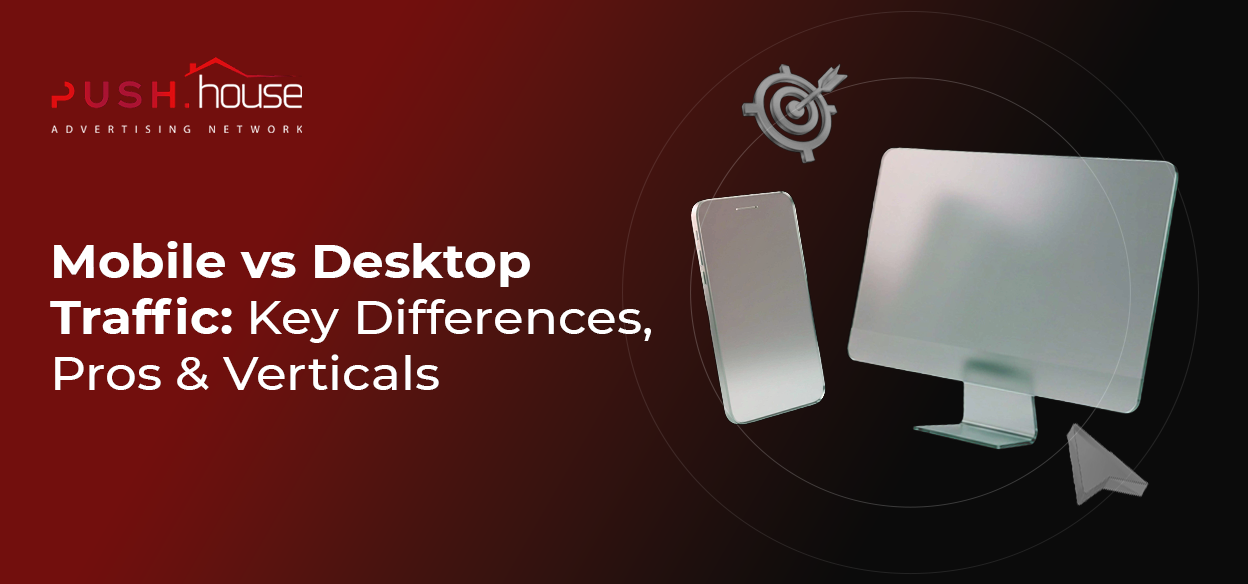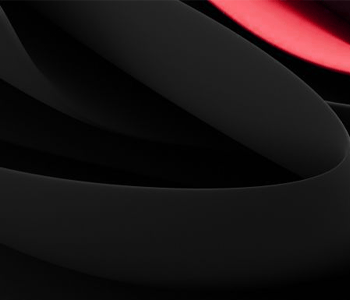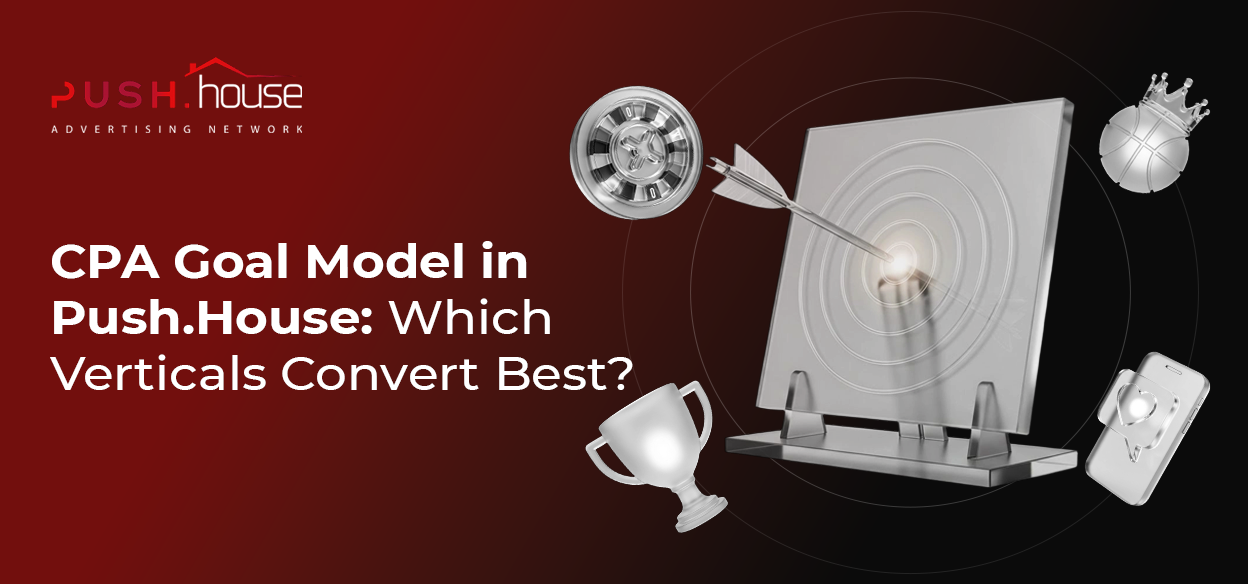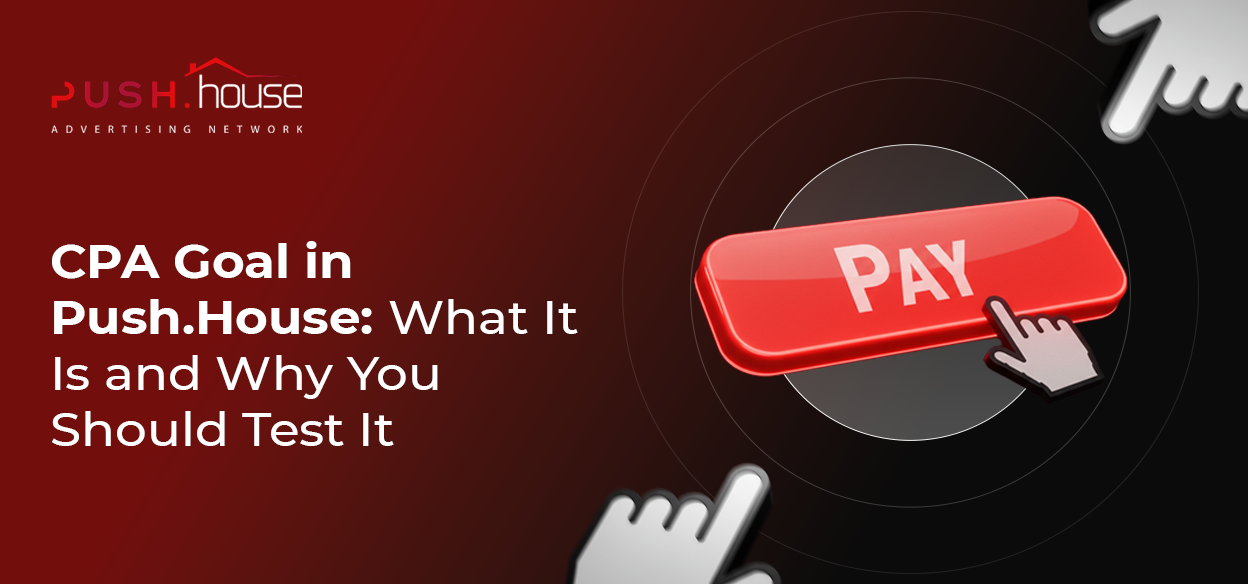
Mobile vs Desktop Traffic: Key Differences, Pros & Best Verticals
Hey there! It’s the Push.House team.
Over the past few years, mobile traffic has confidently taken the lead: more than 64% of all online traffic now comes from smartphones and tablets, while desktop holds around 36%. These two traffic types are very different if we talk about users behaviour and camapigns settings. At Push.House, desktop traffic is almost 50% cheaper per click than mobile. That means you can literally get twice as many clicks for the same budget if you’re smart with your targeting. Let’s break down how mobile and desktop traffic differ, what formats and verticals they work best for, and how to get the most out of each.
Mobile vs Desktop: What’s the Real Difference?
The main differences come down to how and when people use their devices – and how they interact with your ads. Here are a few key things to keep in mind:
- Accessibility
Mobile is always within reach. People carry their phones everywhere, which makes mobile traffic available all day long. Plus, with instant push notifications, you can catch a user’s attention at any moment.
- Session Duration & Engagement
Desktop users spend about twice as long on-site compared to mobile users (around 5 minutes vs 2.5). They also browse more pages per session. That gives you more time to explain your offer and drive the conversion.
Mobile sessions are shorter, and users are more easily distracted – which makes it harder to hold their attention for long.
- Engagement Style
Mobile users are constantly checking their phones and respond more actively to notifications and ads. They’re also more likely to make impulse decisions – like grabbing a promo, downloading an app, or signing up for a limited-time deal. Desktop users tend to be more analytical, taking time to explore the details.
- Ad Blocking
Mobile devices typically have fewer ad-blocking extensions, and the smaller screen helps reduce “banner blindness”. That’s why push notifications and In-Page Push formats tend to feel more native and effective on mobile compared to traditional banners.
Overall, mobile traffic gives you broader reach and higher activity throughout the day, while desktop tends to provide a more stable connection and more time for the user to complete a target action. According to the Push.House team, “the simpler the conversion, the better the results – regardless of the device.” Still, more complex offers like finance, crypto, or binary options usually perform better on desktop, while entertainment-focused products – such as adult or dating – are often preferred by users on mobile.
Engagement & Conversion
On average, desktop users spend about 5 minutes on a site, compared to 2–3 minutes on mobile. They view more pages and bounce less – meaning more chances to close the sale. Mobile sessions are quick and higher bounce rates are often due to slower load times or a clunky mobile UI.
Ad Formats
Advertising hits differently on mobile and desktop devices. While push notifications look almost the same on both, they actually take up more screen space on mobile – which naturally grabs more attention. A classic web push with a bold headline interrupts the user’s browsing instantly and delivers with nearly 100% success.
In-Page Push – which mimics a system notification right on the site – works great for iOS users, especially in cases where regular web push simply doesn’t function.
OnClick (clickunder/popunder) is the most aggressive format out there. It lets you catch the user’s attention immediately and redirects them straight to the offer’s landing page. A new tab opens right after the user clicks anywhere on the page -giving you 100% engagement. This format is especially effective when you’re aiming for fast, impulsive conversions.
Push.House Traffic Features
At Push.House, all the above formats are available for both desktop and mobile – but there are a few unique things to note:
- Pricing: Desktop traffic is on average 50% cheaper than mobile.
- Targeting: You can target by GEO, time of day, device type, and more. Always split campaigns by device and budget – performance varies massively.
- Traffic Activity: New subscribers click more, so consider bidding higher for that sweet spot of engagement.
The Push.House subscriber base includes over 700 million users, which makes it possible to cover a wide range of audience needs – from those who make impulse purchases to users who take their time before making a decision. Some of the key verticals include dating, finance, gambling, nutra, crypto, sweepstakes, installs, and more. The choice of format – whether it’s Push, In-Page, or OnClick – always depends on the specific offer and the audience you’re targeting.
Verticals
Dating
Mobile traffic converts best in this vertical – users are used to meeting and chatting through their phones. Push creatives can be styled to look like personal messages, which helps drive strong conversion rates.
Formats: Push, In-Page, OnClick. The last one is especially effective for encouraging quick decisions.
Betting and Gambling
These offers require instant reaction and are among the most popular CPA verticals.
Formats: OnClick (for fast redirects) and Push. Bright, promo-style creatives do a great job of catching user attention.
Nutra
An evergreen niche where users are usually looking for immediate solutions to their problems, which makes impulsive conversions very common.
Formats: OnClick (instant redirect to landing pages) and Push with attention-grabbing headlines.
Cryptocurrency
A popular niche that includes trading, investment, and educational offers. Users tend to spend more time exploring details, so desktop traffic usually converts better.
Formats: In-Page Push and classic Push. OnClick can work as well, but mainly for smaller deposits.
Finance
Loans, credit offers, and microfinance remain stable niches that require more thoughtful user engagement. Desktop traffic works better in this case.
Formats: Push and In-Page Push. OnClick is mainly suitable for quick microloan conversions.
Simple prize draws that appeal to a wide audience. Suitable for all types of traffic.
Formats: Push and In-Page (especially when combined with strong pre-landers), as well as OnClick for fast user engagement.
Installs (VPN, antivirus, etc.)
As demand for online privacy and security grows, these offers – which don’t require a purchase – convert especially well on mobile.
Formats: OnClick and Push (ideal for “download and get instant value” offers). In-Page performs well on desktop.
Choosing Your Strategy
1. Split campaigns by device type — mobile and desktop should be tested and optimized separately. This will help ypu to manage efficiency and budget.
2. Experiment by vertical:
- Dating/Gambling → Go for mobile + OnClick
- Finance/Crypto → Focus on desktop + In-Page
3. Mind the costs: Desktop CPC at Desktop traffic at Push.House is, on average, twice as cheap as mobile — which often makes up for the difference in conversion rates.
4. Match your creatives to the format:
- Mobile Push → Short titles + emojis
- OnClick → Killer landing pages
- In-Page → Big visuals + clickable text
5. Analyze your audience: Look at device type, GEO, and traffic activity for smarter targeting.
Final Thoughts
There’s no one-size-fits-all answer to “What traffic is better — mobile or desktop?” It all depends on your offer and your audience’s behavior.
The only real way to win is to test constantly, build unique funnels, and optimize campaigns.
Good luck out there!














